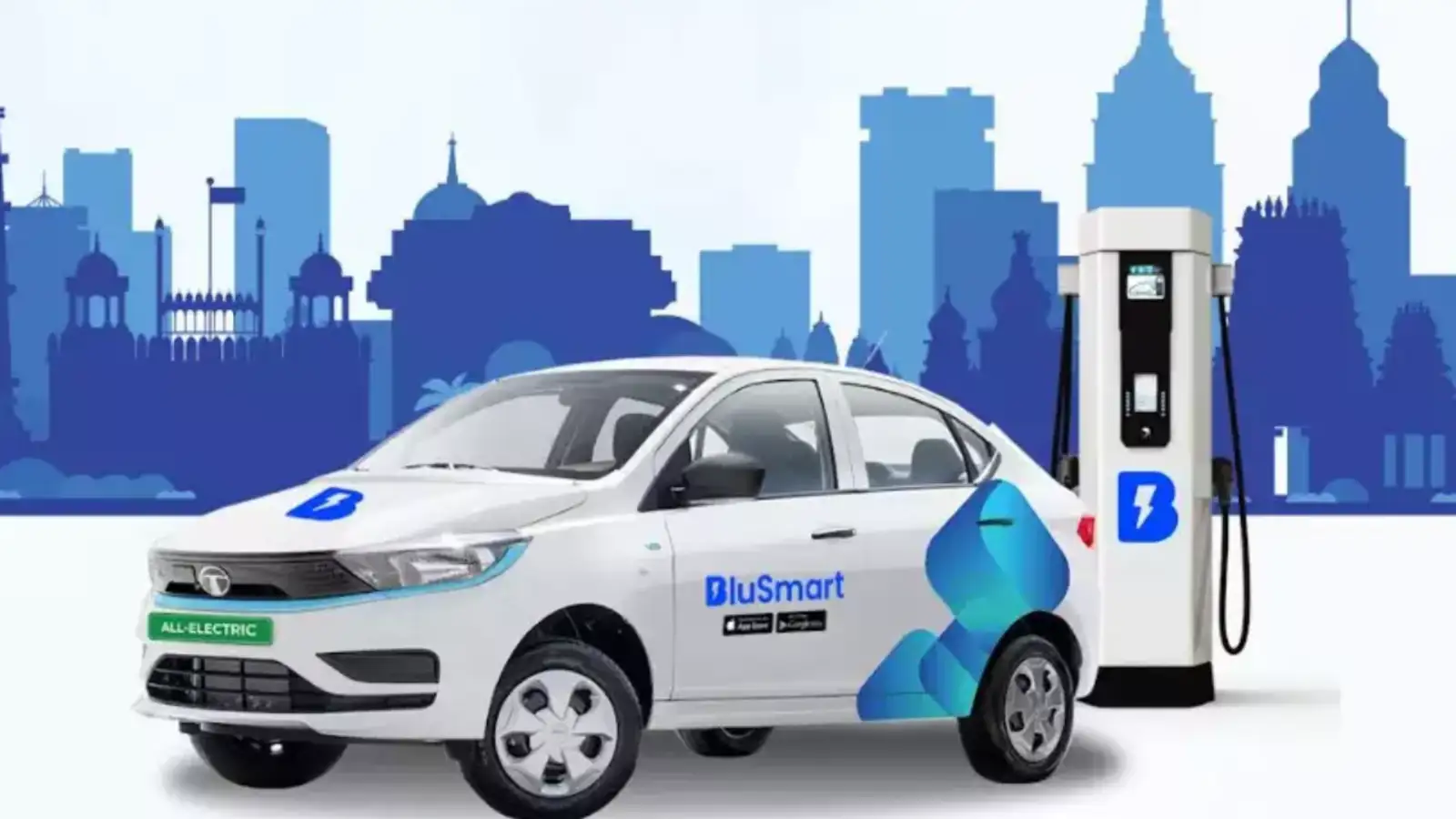Summary Points:
- BluSmart aimed to disrupt India’s ride-hailing space with an all-electric fleet.
- The startup secured over Rs 1,200 crore in funding but faced high cash burn and operational bottlenecks.
- Payment delays to drivers, limited geographical reach, and a supply-demand mismatch hurt customer trust.
- Regulatory hurdles and infrastructure gaps made scaling tough.
- Startups can learn about balancing vision with operational execution.
A Bold Vision, But With Gaps
BluSmart started in 2019 with a compelling idea: an all-electric, eco-friendly alternative to Uber and Ola. The Gurgaon-based startup focused on sustainability and aimed to reduce the carbon footprint in India’s congested cities.
Contents
Summary Points: A Bold Vision, But With GapsWhat Went Wrong?1. High Operational Costs2. Limited Coverage3. Driver Discontent4. Cash Burn5. Infrastructure ChallengesTrust Deficit Among Customers What Startups Can Learn1. Don’t Ignore Unit Economics2. Scalability > Idealism3. Pay and Treat Drivers Fairly4. Customer Experience is King5. Plan for Infrastructure Dependencies
It received backing from major investors and reportedly raised over Rs 1,200 crore (approx. USD 150 million). The model was asset-heavy, as BluSmart owned its EVs rather than relying on driver-partners.
But problems emerged as the business scaled.
What Went Wrong?
1. High Operational Costs
- EV infrastructure in India is still evolving.
- BluSmart had to invest heavily in its own charging stations and fleet maintenance.
- The cost of maintaining and running an EV fleet proved unsustainable without mass adoption.
2. Limited Coverage
- BluSmart only operated in select areas of Delhi-NCR.
- This restricted user growth and made scaling up difficult.
- Unlike Ola and Uber, BluSmart wasn’t a pan-India service.
3. Driver Discontent
- Reports emerged of delayed payments to drivers.
- Unlike the gig economy model, BluSmart hired drivers on fixed shifts.
- Missed payments led to dissatisfaction and dropouts—hurting service reliability.
4. Cash Burn
- Heavy capital was spent on fleet acquisition and infrastructure.
- Revenues didn’t keep pace with expenses.
- The unit economics didn’t make sense beyond a certain limit without subsidies or partnerships.
5. Infrastructure Challenges
- Public charging infrastructure remains inadequate.
- Long charging times and lack of fast-charging networks reduced vehicle utilization.
- Frequent downtimes affected both earnings and customer satisfaction.
Trust Deficit Among Customers
- Complaints about unavailability of rides and service issues grew.
- Slow app updates and limited routes created a fragmented experience.
- BluSmart’s core strength—clean mobility—was overshadowed by operational lapses.
What Startups Can Learn
1. Don’t Ignore Unit Economics
- Passion for green impact is great, but sustainable business models matter more.
- Understand your cost per ride vs revenue per ride early on.
2. Scalability > Idealism
- Hyper-localized models limit growth.
- Consider city-by-city rollout with scalable partnerships instead of owning all assets.
3. Pay and Treat Drivers Fairly
- Drivers are brand ambassadors. Happy drivers = better service.
- Fix payment delays and ensure timely support for them.
4. Customer Experience is King
- Seamless tech, reliable service, and convenience are non-negotiable.
- Every startup must obsess over user trust.
5. Plan for Infrastructure Dependencies
- If your model relies on external factors (like charging stations), ensure backups.
- Partner with government and private players to share the load.
BluSmart isn’t out of the game. Its EV-first model is relevant for India’s green future. But the road to profitability is bumpy, and the next few months will be crucial.



